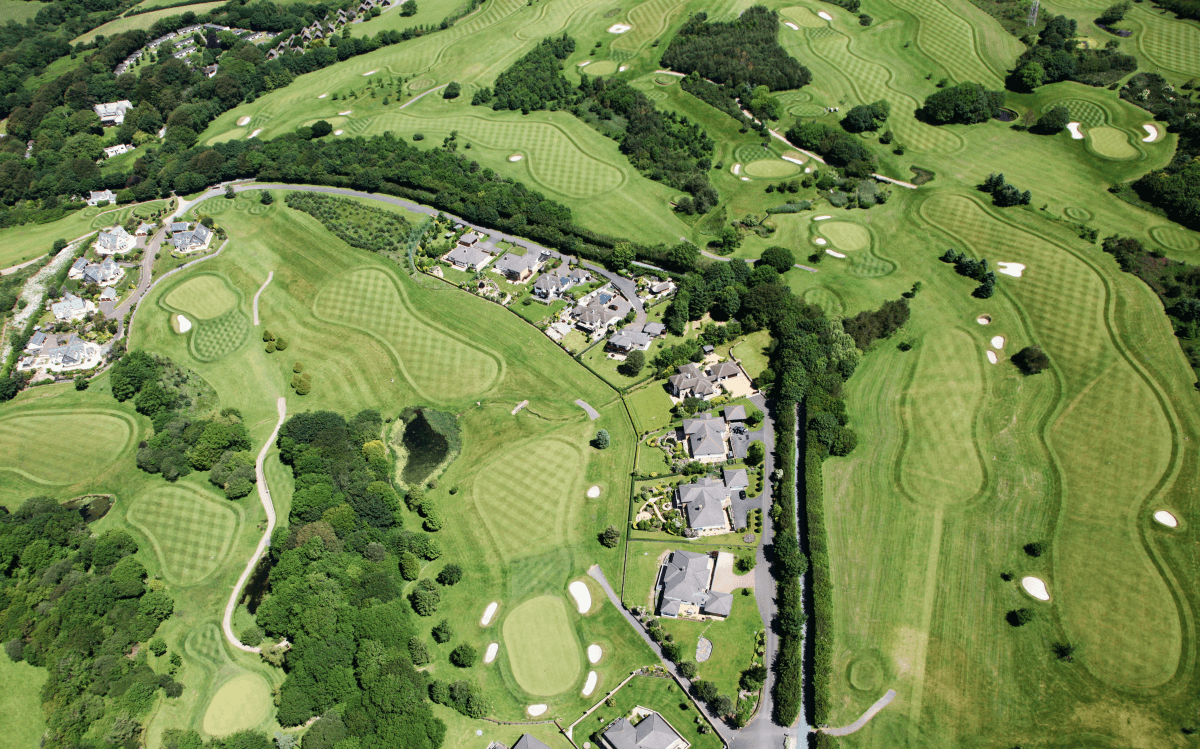The Basic Principles Of Landscapers
The Basic Principles Of Landscapers
Blog Article
The 6-Minute Rule for Landscapers
Table of ContentsGet This Report on LandscapersThe Best Guide To LandscapersThe Best Guide To LandscapersThe 6-Second Trick For LandscapersThe Best Strategy To Use For Landscapers
- A tree or shrub (shrub) that sheds its leaves in wintertime. In the PNW there are semi-deciduous or semi-evergreen plants that may shed their fallen leaves depending upon just how cold the winter months is. Abelia and some hebe are examples. Landscapers. - A level event room, made of wood or composite product (made to look like timber), typically nearby or affixed to a framework.

- Granite that is weathered to the point that it is a really great aggregate. This is an all-natural procedure, and the result can be made use of for paths and patios. Decayed granite is usually referred to as DG. It is especially valuable in contemporary landscapes. - Key landscape attributes being suggested in a landscape layout strategy.
Some Of Landscapers
These goals assist the design process, not the designer's design or choices. Common style purposes in Portland are low maintenance, dry spell forgiving, and pet friendly. - Process for getting rid of or thinning the dead reduced level of a mature yard. Thatch is yard that has actually died and gathered below the environment-friendly blades.
Over time this layer can get very thick and make it difficult for water, sunlight, and nutrients to get to parts of the grass.- The process of accumulating and regulating the flow of water on a residential property. This can be done with grading, French drains, dry wells, absorptive surface areas, sump pump, rain gardens, and much more.
- A slow feeding watering system that makes use of versatile tubing and emitters to send out a specific amount of water to each plant. - The ability of a plant to survive without much summer season water.
- A garden feature where water is stood for by an accumulated stone item, normally a gravel or granite. These are most generally discovered in modern and Japanese yard style.- A stone or natural flagstone outdoor patio, path, or sidewalk built without a concrete base. The base would certainly be compacted gravel and the joints would certainly be an aggregate or walkable ground cover.
A Biased View of Landscapers
- A rock preserving or cost-free standing wall surface constructed without the usage of mortar. - An underground structure that collect water and allows it to slow percolate into the dirt around it.
Landscape design that find this is suitable with a websites' environment in both look and sustainability without adverse effects to the environment. Bordering in the landscape is a line of demarcation that creates aesthetic rate of interest in the garden by dividing one section from another section.
Areas can additionally have a feeling of "unit" offered by trees, various other plantings, fencings, or displays. The landscape near the entrance to a structure.
A plant that is not native to the area where it will certainly be grown. Not all "exotics" are invasive or hazardous, and numerous can be well behaved or drought forgiving (Landscapers). A mass growing of brushes. Thicker bladed turf lawn that spread using rhizomes.: The degree of soil on your property prior to bark dirt or compost is spread.
Some Known Details About Landscapers

The objective, factor, or action that a location is be landscaped for. Area for growing plants for watching, consuming, or physical activity.
Rock item, either rounded or fractured, that is fairly small- usually 1" link or much less. Low plants that are permitted or motivated to spread over a location. Can refer to any kind of "difficult" garden components including statuary or rocks however most generally is utilized to describe paths, patio areas, and walls.: Elevation distinction between the degree of water in a pond (or the degree of the pump if it sits outside the pond) and the top electrical outlet of water which impacts performance of the water pump in gph (gallons per hour). Thick bushes or trees that form a fence, display, or border.

Landscapers Fundamentals Explained
Traditional PNW landscapes are informal. A plant that spreads out even more than preferred, or into habitats where it does damage.
Can include head placements and protection, pipe sizing, GPM specs, and products needed to install this system. Licensed specialist that creates landscapes, educated in engineering and style as well as in gardening.
Landscape designers normally have much less schooling than Landscape Architects and are not certified. A finished landscape layout, detailing all elements for the new landscape.
Calcium product made use of to raise the pH in soil, which will make it much less friendly to moss. A water tight HDPE material used beneath fish ponds, streams and waterfalls in water attributes. Making use of many plantings of the click here for more info exact same range to fill out an area in the landscape. This can decrease maintenance and water usage in the garden.
Report this page